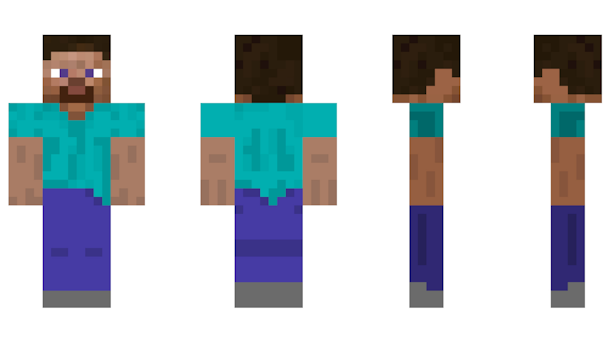Brands must be the remedy for the poisoned dynamic between creator and platform
The big platforms continue to make big dollars without properly compensating creators. And brands are complicit. It’s time for that change or else, writes Jay Krihak, executive director of Crossmedia.

Platforms can offer creators the chance to make some money – but also the opportunity to be exploited
Competition for content-makers is fierce among creator platforms. Mark Zuckerberg’s unveiling of Meta appears to be the full expression of his current ambitions that his previous $1bn ‘Creator Fund’ announcement foreshadowed. But he’s not the only one. TikTok ($70m) and YouTube ($100m) have also captured headlines, and rightly so. If MGM Studios is worth over $8bn, then investing billions into the millions of hours of creator content is a natural next step.
The headlines sound great – creators win with more revenue and platforms win with more content – but the fine print shows that emerging, small streamers or creators often don’t share in the spoils. Simply too many hoops to jump through are put before them to qualify for access. In some cases, smaller creators are downright exploited. Platforms including YouTube are known to not only put videos on non-partner content, but also will not compensate the creator for the ads placed. In other words, if I created a video and posted it to YouTube with an ‘opt out’ for ads, they would still put an ad before my video and not pay me ad revenue share. If platforms such as YouTube were truly serious about being creator-friendly, they wouldn’t resort to these kinds of tactics just to make an extra buck or two.
This poisoned dynamic between creator and platform has become even more fraught against the hubbub of the ongoing whistleblower scandal, with leaked documents from Facebook confirming our worst fears – Facebook has been brazenly putting profits over consumer and societal welfare.
Per NPR: “Facebook’s own researchers are aware that Instagram, which is owned by Facebook, has negative effects on the self-image and mental health of many teenage girls. Internal documents also reveal that Facebook researchers have warned the company’s executives that the platform is used in developing countries for human trafficking, drug-dealing and to promote ethnic violence.”
I can only imagine the questions brands are asking themselves with these competing headlines:
-
While funding for creators expands, what types/categories of content and creators are those funds supporting?
-
If the algorithms are geared only to amplify engagement and stickiness in support of the business, how can I ensure I’m not adjacent to harmful content?
-
Is there a way to participate in social and creative environments in a helpful, supportive way?
Let’s start by answering these questions by saying brands play an integral part in the creator economy and the future of social media. Creator-placed ads using YouTube, TikTok and Facebook algorithms certainly support creators, but not always in the way brands intended. In fact, brand marketers, who hold the purse strings in this ecosystem, are culpable by passively sanctioning platform business-biased practices.
With more purposeful oversight and ownership of social investments, brands can be the collective force for supporting and promoting more positive social narratives, starting with broadening creator investment coverage. Diversity, equity and inclusion partnership strategies ensure funding goes to a diverse group of creators, their platforms of choice and their content so that harmful narratives can be pushed down and out of the algorithms.
As brand investment changes, maybe it will force YouTube to take a page from metaverse-type platforms such as Roblox (43 million monthly active users), Minecraft (140 million monthly active users) and Core. They fully understand their creators and, more importantly, the wants and needs of their user bases. In these environments, building experiences, accessories and kits are encouraged – so much so that creators can choose between making their content available as free or paid downloadable content. Even massive artists including Deadmau5 are drawn to environments such as Core because of the artistic freedoms allowed, building on what others including Marshmello did with Fortnite’s event in 2019 that drew 10 million watchers.
Until platforms ditch headlines and get serious about supporting creators, YouTube, Facebook and TikTok (in particular) should consider themselves on notice. Creator-funded platforms such as Rally, with an all-creator-funded $100m crypto war chest led by the former chief exec of Patreon, are poised to challenge the traditional platform/creator relationships. With a few influential creators, their content, some savvy messaging and a patron-esque support model, it may not be too long before creators have more sway over how they’re compensated than ever before.
In summary, when driven by purpose and participation, brand investments into the creator economy will go much further toward earning attention and building advocacy than blindly buying algorithmic advertising ever could.
Jay Krihak is executive director of Crossmedia.
